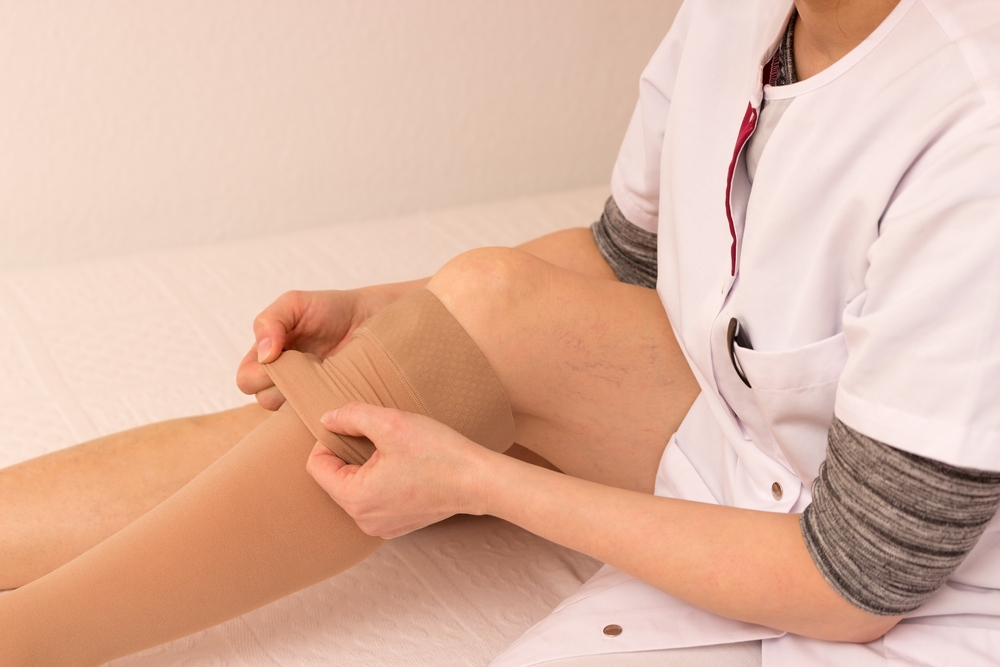Will My Insurance Pay?
WE ACCEPT MEDICARE AND MOST PPO INSURANCE PLANS INCLUDING:
Accepted Insurance Plans:

These insurers contracted via Health Excel*:
*these are only available though Health Excel and not the individual polices.
If you have any insurance questions please contact our pre-authorization and billing experts.
DOES YOUR VEIN CONDITION QUALIFY FOR MEDICAL NECESSITY?
SEE IF YOU QUALIFY.
Will My Insurance Pay For Vein Treatment?
Most insurance types (including Medicare and Molina) will cover varicose vein treatments that are considered “medically necessary care” but not for “cosmetic care”. Varicose veins (bulging leg veins) have to cause symptoms such as leg pain to be covered by insurance. Spider veins (tiny cluster of blood vessels at the skins surface) are considered as a cosmetic treatment and are not covered by any type of insurance.
Four Main Criteria for medically necessary vein treatment.

1. Varicose veins must cause leg pain or other symptoms.
Medically necessary vein treatment means that the varicose veins must cause symptoms such as: leg pain, heaviness, persistent swelling, night-time cramping or burning. Complications of varicose veins that may indicate treatment include leg ulcer (open wound) from the vein problem, recurrent blood clots or phlebitis, ruptured bleeding vein, or skin discoloration around the ankle.

2. Symptoms affect daily life.
The symptoms must be severe enough to affect a person’s ability to do their daily routines or work. For example, a teacher may have varicose veins that prevent them from standing and doing their job, because they have to take frequent breaks to elevate their legs. A server at a restaurant may no longer be able to work long shifts, due to leg pain after a few hours. Symptoms can interfere with lifestyle by limiting the amount of exercise one hopes to achieve, or inability to cook or do house chores due to leg pain.

3. Conservative Treatment must be tried for 6 -12 weeks.
In most cases, insurance require that conservative measures have been tried for several weeks. Conservative measures include compression stockings, leg elevation, exercise, weight loss, anti-inflammatory medication such as ibuprofen or venoactive agents such as horse chestnut or Vasculara, and hot/cold packs. Many insurance types REQUIRE 6 to 12 weeks of wearing medical grade compression stockings prior to being approved for treatment. You should have your consultation as soon as possible and begin implementing conservative management into your lifestyle. You should begin keeping a daily log documenting that you are using conservative treatments. If your primary care physician has already prescribed compression stockings, it is helpful if you have a note, you’re your doctor or the prescription, as this counts toward your conservative management time period.

4. Venous reflux must be demonstrated on ultrasound.
Underlying venous insufficiency must be documented by ultrasound examination. The ultrasound study to determine the treatment and the physician visits are covered benefits with most insurance types.
Treatments that are not covered by insurance because they are considered to be ‘cosmetic services’ include:
- Varicose veins that do not cause any symptoms
- Spider veins




























